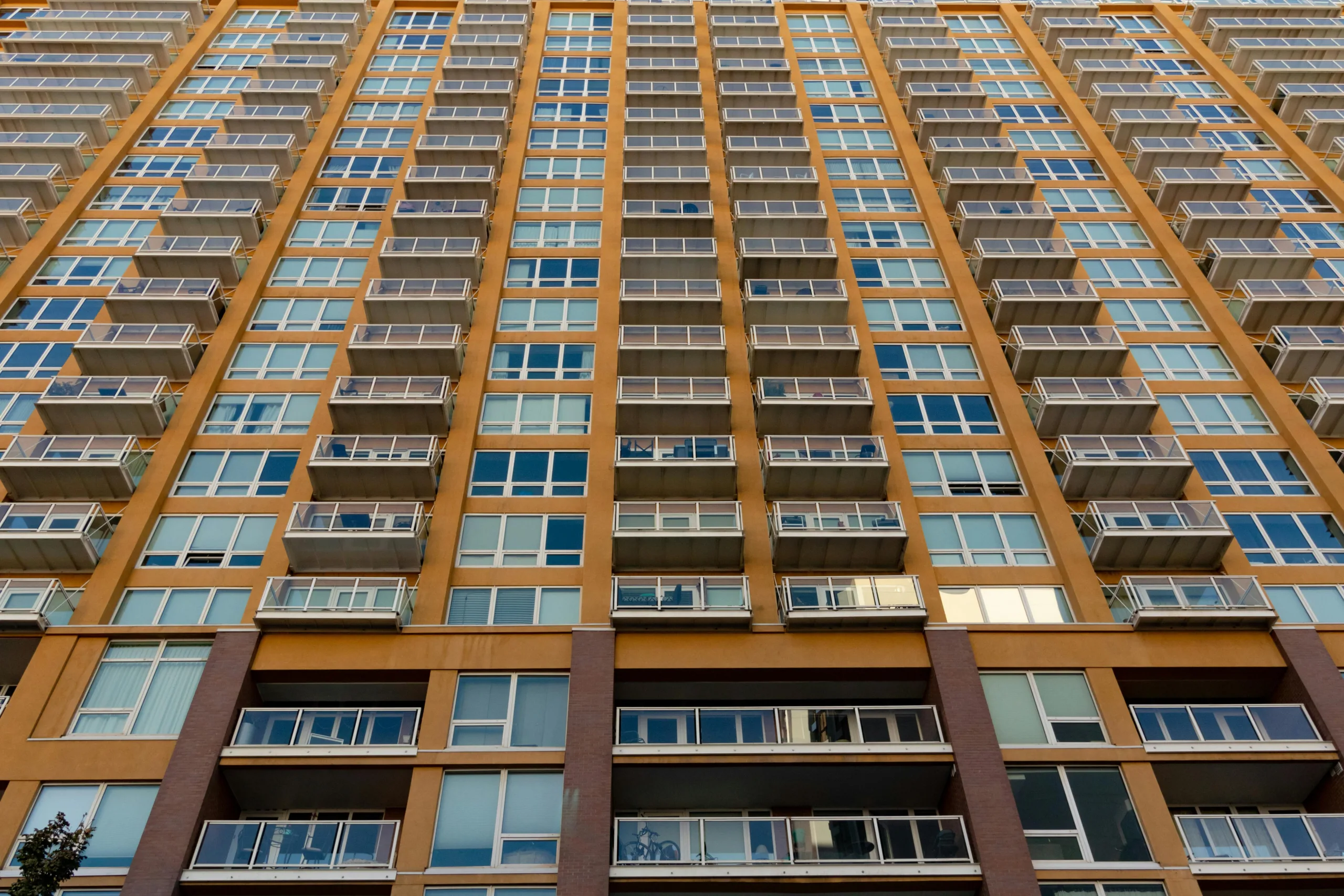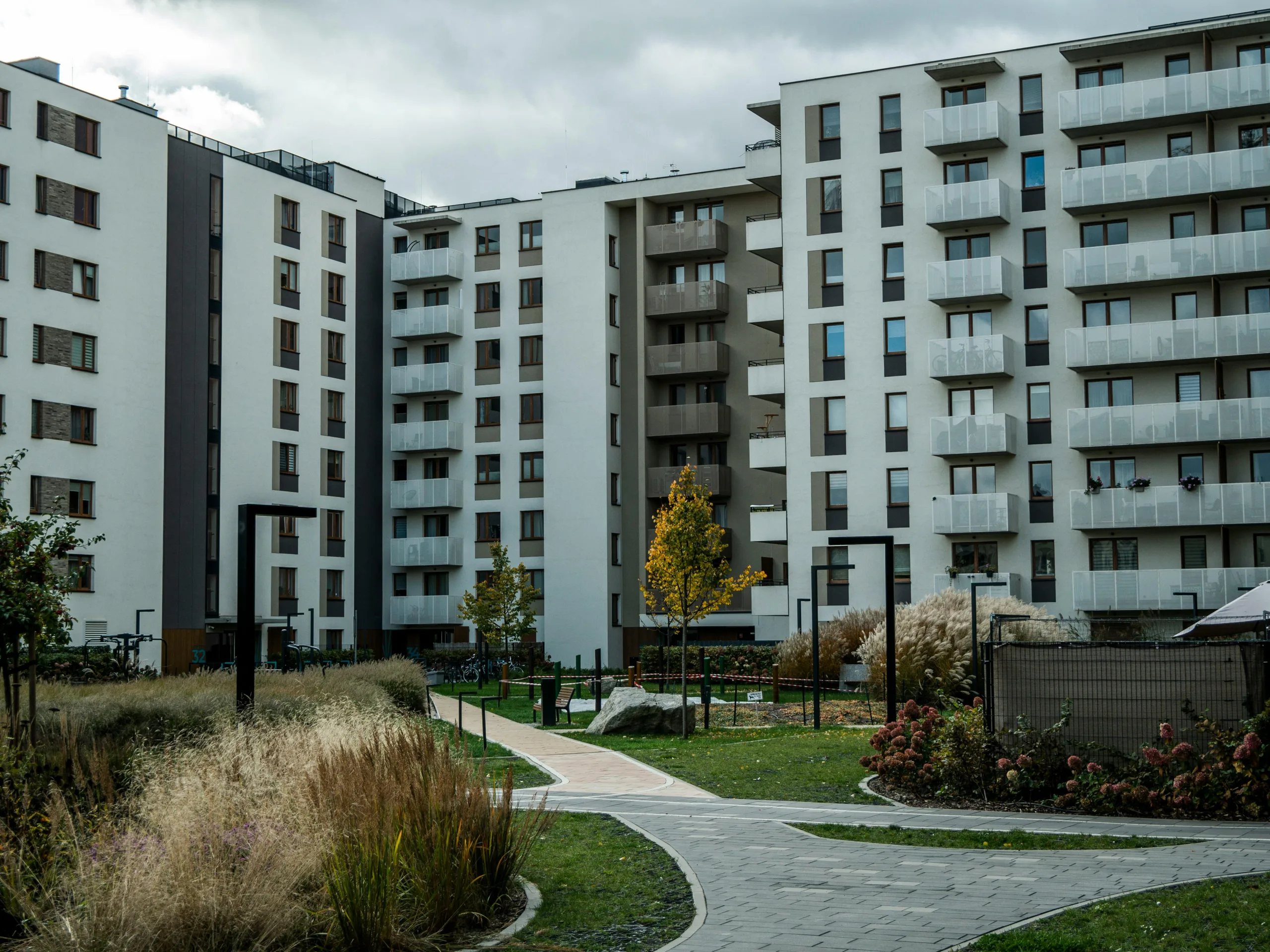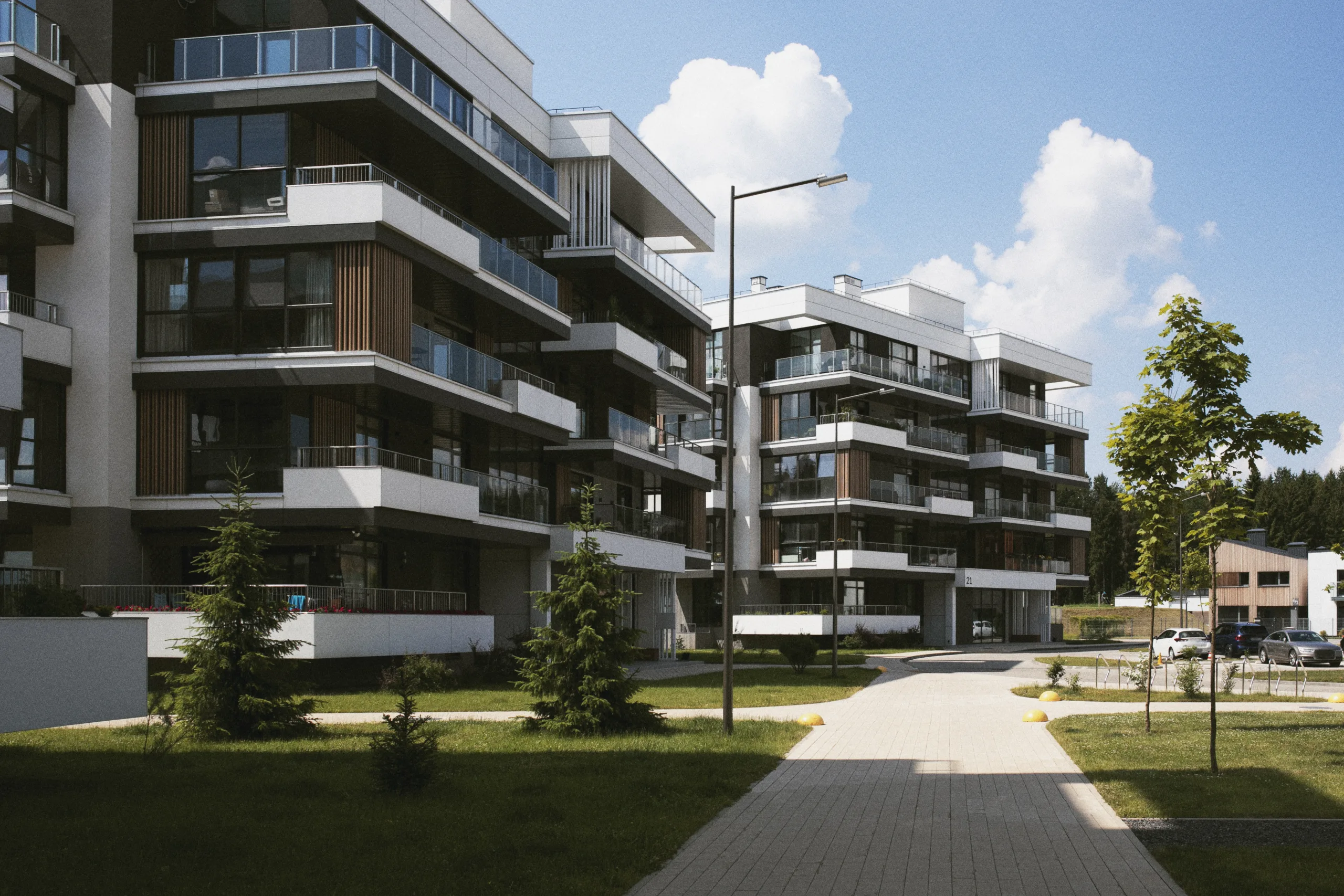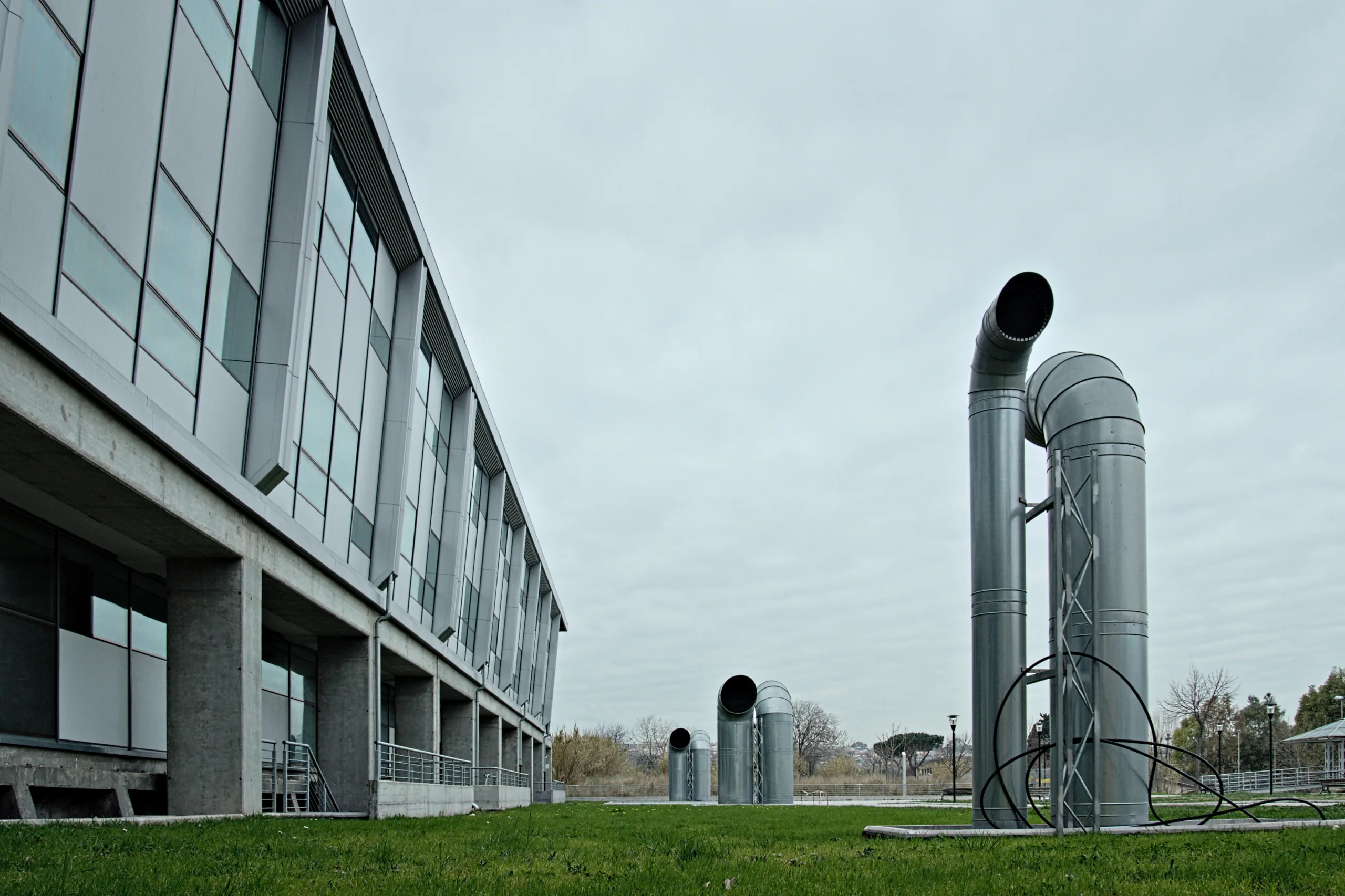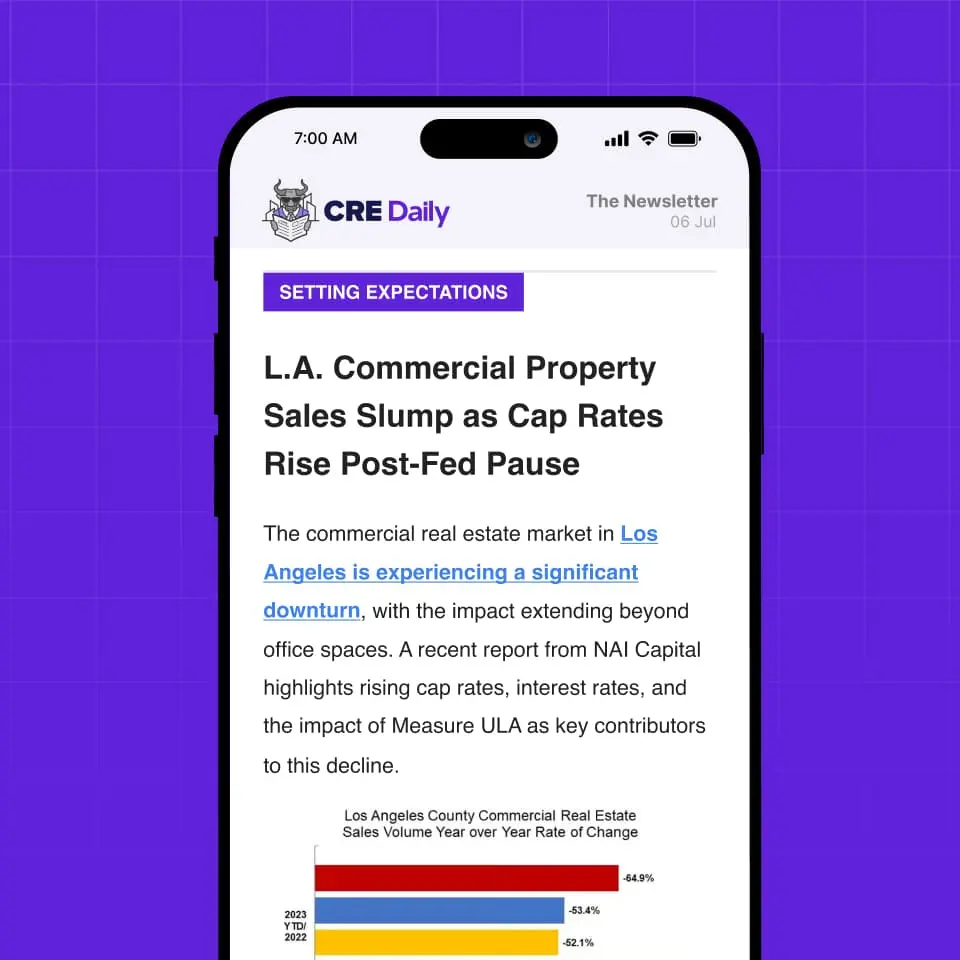- Urban rental demand is surging as rising homeownership costs drive even affluent households to remain renters in core metro areas.
- Homeownership opportunities are shifting outward, with many buyers relocating to remote suburbs where prices are more manageable.
- The rental market is outperforming the for-sale market in terms of absorption and retention, especially in amenity-rich, centrally located areas.
A Tale Of Two Housing Markets
Affordability remains a dominant challenge. As a result, new housing trends are redefining where Americans choose to live and whether they rent or buy, reports GlobeSt. According to Johns Burns Real Estate Consulting, cities are increasingly attracting renters. Many of these renters might have been buyers in a different economic climate. Meanwhile, ownership activity is shifting to the outer edges of metro areas.
Urban Core Appeal
Zach Burns, principal at Johns Burns, says the rental market is capitalizing on today’s affordability crisis. “That cost to own versus rent gap is near historic highs,” he noted. As a result, many tenants are opting to remain in rental housing, including high-end units. Proximity to jobs, amenities, and top school districts is a major factor in their decision.
Burns and his team don’t expect rental growth to hit the highs seen in 2021, but demand remains strong, particularly in central locations. “We’re not off to the races,” Burns said, “but I do expect the rental market to outperform the for-sale market.”
Get Smarter about what matters in CRE
Stay ahead of trends in commercial real estate with CRE Daily – the free newsletter delivering everything you need to start your day in just 5-minutes
A New Type Of Renter
As single-family homes in desirable neighborhoods become financially out of reach, more people are staying in the rental market. Many are choosing built-to-rent and single-family rental options as alternatives to homeownership. Chris Porter, chief demographer at Johns Burns, explained that “the new landscape is a blend” of renter types, with demand rising in areas once dominated by homeowners.
These trends are reflected in both new lease activity and high renewal rates. Many tenants who would have typically moved on to purchase homes are staying put, especially in areas where owning is “cost prohibitive.”
Developers And Investors Take Note
This bifurcation in housing preferences is influencing development strategy. Urban-core projects with strong amenities are leasing quickly, while suburban homeownership projects now appeal to a more price-sensitive buyer base.
Burns said that conversations between leasing agents and tenants often reveal the financial calculus driving decisions. “It’s one of the reasons why renewal rates are so high right now,” he added.
Outlook
Until affordability pressures ease, expect continued strength in urban rental markets and modest for-sale activity concentrated farther out. For developers and investors, understanding this diverging demand will be key to successful project planning in the years ahead.
